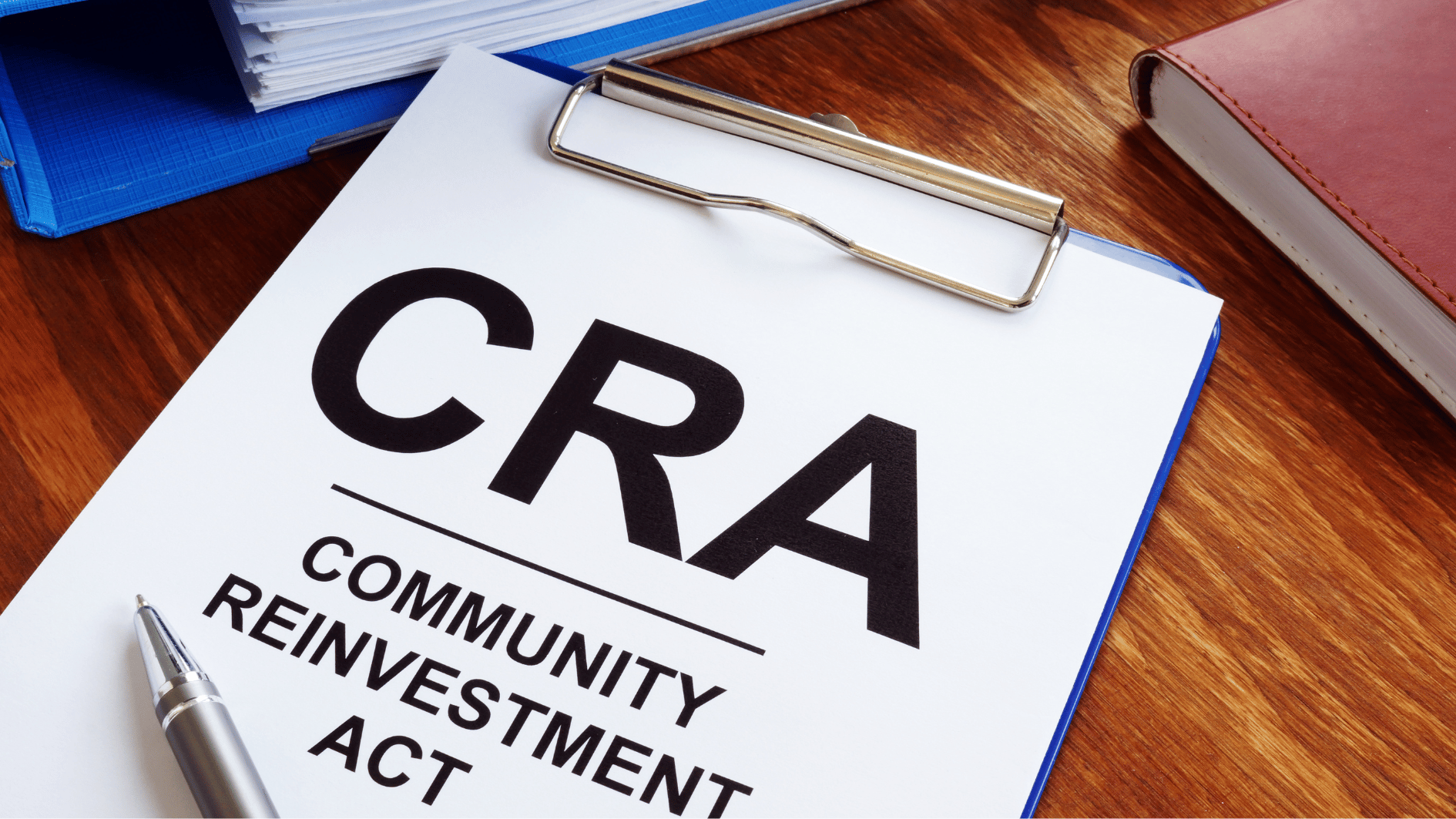Image source: Canva.com
The Community Reinvestment Act (CRA) is a landmark law in the United States that seeks to ensure financial institutions meet the credit needs of all communities, especially those in low- and moderate-income (LMI) neighborhoods. Enacted in 1977, the CRA plays a critical role in promoting fair access to banking services and fostering community development.
Purpose and Scope of the CRA
The CRA requires federal banking regulators to encourage banks to extend credit and provide other financial services to the communities in which they operate. This includes a focus on historically underserved areas, ensuring that banks do not neglect LMI neighborhoods. The main objective of the CRA is to prevent discriminatory lending practices, like redlining, and to promote investments in housing, small businesses, and economic development in disadvantaged areas.
How the CRA Works
Under the CRA, banks are periodically evaluated based on their record of meeting community credit needs. These evaluations are conducted by three federal banking agencies:
Federal Deposit Insurance Corporation
Federal Reserve Board (FRB)
Office of the Comptroller of the Currency
These regulators are responsible for supervising banks’ CRA activities and assigning CRA ratings based on their performance. The CRA rating system includes four categories: Outstanding, Satisfactory, Needs to Improve, and Substantial Noncompliance. Banks are evaluated on their lending, investment, and service activities within their assessment areas.
Federal Reserve’s Role in CRA Compliance
The Federal Reserve supervises state member banks, which are state-chartered banks that have chosen to be part of the Federal Reserve System. It plays a key role in ensuring these banks comply with CRA requirements. The Federal Reserve’s CRA responsibilities include:
Examining Banks
The Federal Reserve examines state member banks to evaluate their CRA performance. These examinations assess the bank’s efforts to meet the needs of LMI communities, and their performance is rated based on lending, investment, and service criteria.
When banks apply for mergers, acquisitions, or new branch openings, the Federal Reserve considers their CRA performance alongside other supervisory factors. This process ensures that banks expanding their operations are also fulfilling their responsibilities to their communities.
Evaluating Bank Applications
Sharing Community Development Information
The Federal Reserve also provides information to bankers and the public about effective community development techniques. This includes best practices for lending and investing in LMI communities.
CRA Evaluations and Transparency
CRA evaluations are publicly available and include detailed information on how each bank meets its obligations. Regulators publish CRA Performance Evaluations, which are accessible through the CRA sites managed by each agency. These evaluations allow communities and stakeholders to monitor and engage with the CRA activities of local banks.
Impact of the CRA
The CRA has had a lasting impact on community development across the United States. Over the years, banks have committed significant resources to affordable housing, small business lending, and community infrastructure projects as part of their CRA obligations. The act has encouraged a greater flow of capital to LMI neighborhoods, promoting financial inclusion and economic opportunity.

Clean Communities Investment Accelerator: A Catalyst for Equitable Climate Solutions
The Community Reinvestment Act is a vital policy that holds financial institutions accountable for meeting the credit needs of all communities, particularly low- and moderate-income neighborhoods. By promoting equitable access to banking and encouraging investments in underserved areas, the CRA helps foster sustainable community development and supports the financial health of communities across the nation.





